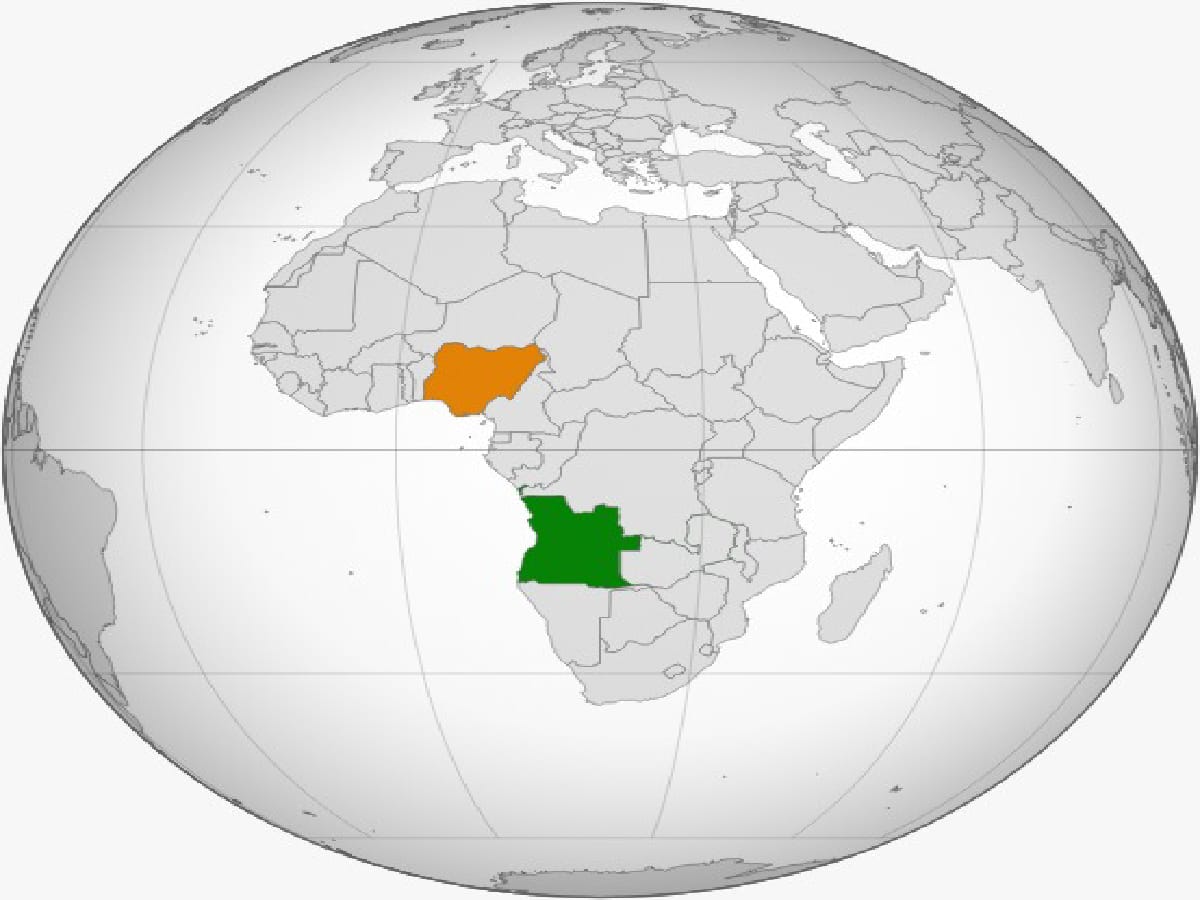Published
1 year agoon

Nigeria has lost its status as Africa’s largest oil producer to Angola as Africa’s largest economy saw its oil output decline the most in April among its peers in the Organization of the Petroleum Exporting Countries (OPEC).
The latest monthly oil market report released by OPEC on Thursday shows that Nigeria’s oil output dipped by 270,000 barrels per day (bpd) to 999,000 bpd in April from 1.26 million bpd in March, based on direct communication. The last time Angola overtook Nigeria was in May 2022, when oil theft was rampant.
BUSINESS METRICS earlier reported that Nigeria is struggling to produce up to 50% of its technically allowable production capacity, a development the Nigerian government ascribed to challenges such as lack of investments, insecurity, and reduction in hydrocarbon funding arising from energy transition, among others.
Meanwhile, Angola’s oil production rose by 91,000 bpd to 1.06 million bpd in May, up from 978,000 bpd in March, based on direct communication.
Nigeria suffered the biggest decline in production, with the least output in seven months according to government data, among its OPEC peers, followed by Iran, which lost 262,000 bpd in April, based on direct communication.
OPEC’s oil production declined by 310,000 bpd to an average of 28.8 million bpd, the lowest level in almost a year due to a fall in Iraq’s exports and pipeline suspension while a labour strike cut shipments from Nigeria.
Oil and gas analysts have pinned the recent decline on the shutdown of activities at the Forcados oil terminal, one of Nigeria’s major export terminals.
According to experts, the oil terminal has been shut down for two weeks. Also, strike action at the Nigerian unit of ExxonMobil has cut off production.
“The dip in oil production in April is due to the current sectional replacement on the Forcados line,” Stanley Akhile, operations team Lead at Midwestern Oil and Gas Company Limited, told our correspondents through a phone call.
“Because of the sectional replacement at the oil terminal, virtually all the injectors in the Forcados line are down. That is why they have been a drop in production. Injectors are not pumping into the Forcados line. Some have shut down their flow station because their tanks are filed up because of the sectional replacement on the Forcados line.”
Sectional replacements at oil terminals refer to replacing a pipeline or storage tank section that has become damaged or worn out. It involves cutting out the damaged section of the pipeline or tank and installing a new section in its place.
“The Forcados line has not been replaced since it was commissioned. It has punctures due to vandals. Some sections of the Forcados line are already worn-out. Irrespective of the maintenance carried out on the terminal, it will not sustain. They will be leakages on those points,” Akhile said.
The 13-member oil cartel revealed in the report that crude oil production increased mainly in Saudi Arabia, Angola and IR Iran, while production in Iraq and Nigeria declined.
OPEC uses secondary sources to monitor its oil output but also publishes a table of figures submitted by its member countries.
According to secondary sources, total OPEC-13 crude oil production averaged 28.60 million bpd in April 2023, lower by 191,000 bpd month-on-month.
Data from the Nigerian Upstream Petroleum Regulatory Commission (NUPRC) revealed that Nigeria’s oil production fell to 998,602 bpd in April, the lowest in seven months.
Data from the upstream regulatory body shows that the country’s oil production decreased by 23 percent from 1.3 million bpd in February this year. On a year-on-year basis, it dipped by 18 percent from 1.21 million bpd.
Preliminary data indicates that global liquids production in April decreased by 0.5 million bpd to an average of 101.3 million bpd compared with the previous month.
“Non-OPEC liquids production (including OPEC NGLs) is estimated to have decreased m-o-m in April 2023 by 0.3 million bpd to average 72.7 million bpd,” the 13-member oil cartel said.
“The share of OPEC crude oil in total global production remains unchanged to stand at 28.2 percent in April, compared with the previous month.”
According to OPEC, estimates are based on preliminary data for non-OPEC supply, OPEC NGLs and non-conventional oil, while assessments for OPEC crude production are based on secondary sources.














